In a world where global warming and climate change have become buzzwords, everything seems to be in flux. There’s either a deluge or a drought. Disasters like forest fires and floods seem to be increasing in frequency, pushing vulnerable people to the edge.
This month, extensive flooding impacted the Central Asian regions of Kazakhstan and Russia, specifically in the Ural Mountains and Siberia. The Ural river, which rises in the Ural mountains and flows through Kazakhstan into the Caspian Sea, burst through embankment dams in the Urals city of Orsk on April 5 and flooded parts of the city of Orenburg.
At least 12,000 people in Russia are recorded as having been evacuated. In Kazakhstan, more than 97,000 people have been evacuated. The worst hit areas mostly border Russia and are crossed by rivers flowing from or to Russia.
In a 2009 research commissioned by the U.S. National Intelligence Council on the impact of climate change on Russia to 2030, the authors said the rise in temperatures would lead to a series of complex issues for Russia.
Among them were the increased frequency of extreme climatic events including heavy rain, fires in Siberian peatlands and more frequent flooding of Russia’s Arctic rivers due to heavy rain and earlier break-up of river ice.
The European Union’s climate change monitoring service recently said that March 2024 was the warmest on record. Each of the last 10 months ranked as the world’s hottest on record, compared with the corresponding month in previous years, the EU’s Copernicus Climate Change Service (C3S) said in a monthly bulletin. The 12 months ending with March also ranked as the planet’s hottest ever recorded 12-month period, C3S said.
Extreme weather and exceptional temperatures have wreaked havoc this year. Wildfires affecting Mexico have destroyed over 3,000 hectares of forested areas. Heatwaves in Vietnam have caused severe drought in central Ninh Thuan province, badly affecting vegetation and lifestock.
Closer home, the India Meteorological Department has said the country will see more than the average number of heatwave days this year between April and June. Heat waves can be lethal as they affect the ability to breathe, making the old and young particularly vulnerable.
Benjamin Horton, director of the Earth Observatory of Singapore where natural phenomena such as climate change are studied, said three factors determine heat waves; El Nino, a natural, temporary and occasional warming of part of the Pacific, an increase in global temperatures and human-induced climate change.
To the rescue: Two men deliver food on boats in a flooded area in Orenburg, Russia, on April 11, 2024. The Ural River had burst through embankment dams.
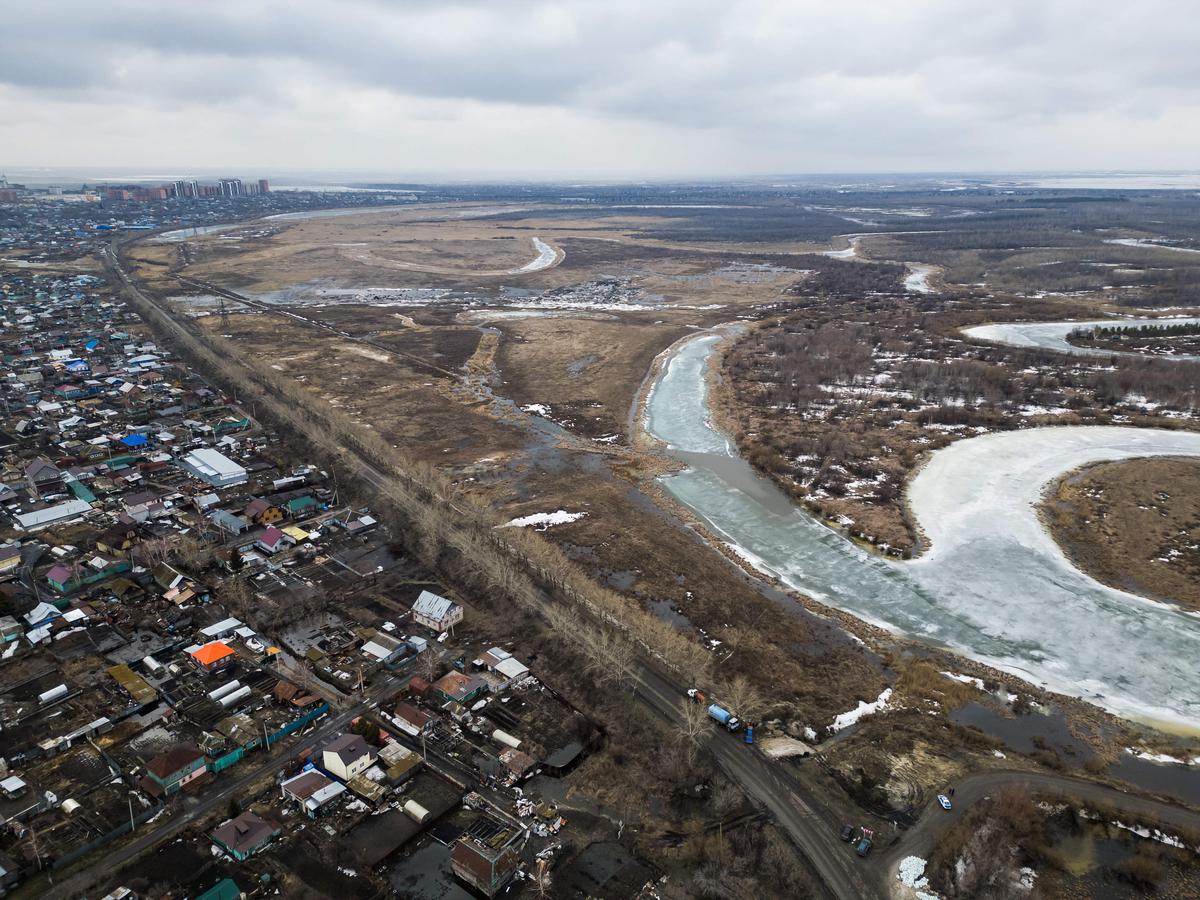
Photo:
AFP
Quick shift: The settlement of Zarechny in northern Kazakhstan, from where thousands of people were evacuated after floods on April 10.
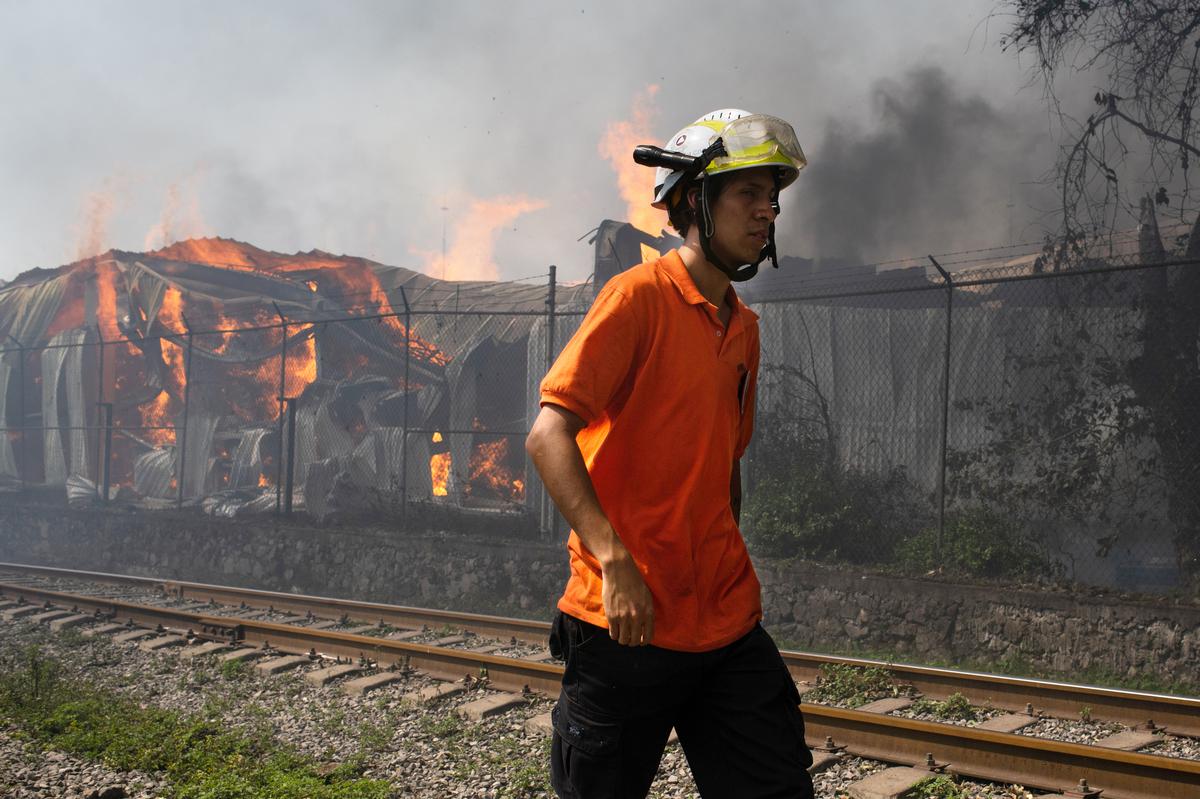
Photo:
Getty Images
Danger zone: A firefighter walks by train tracks near a paper factory affected by a forest fire Veracruz, Mexico on March 26.
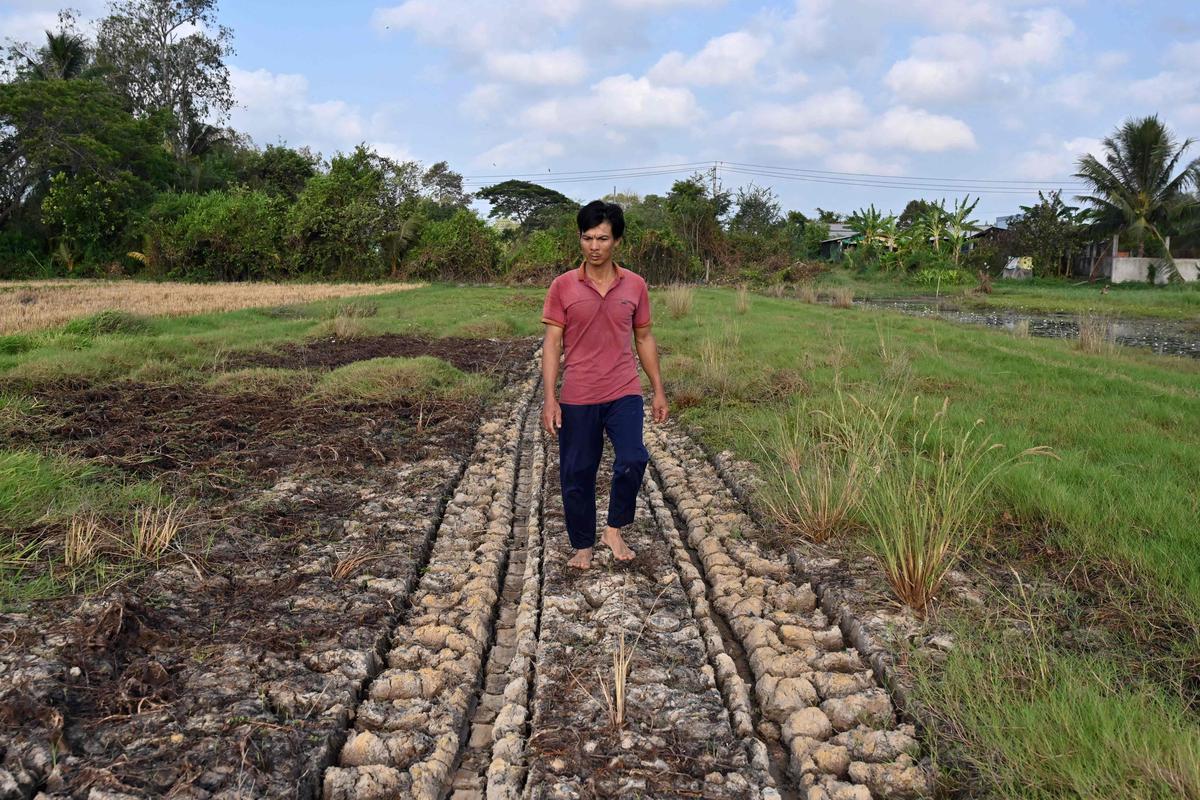
Photo:
AFP
Land at risk: A farmer walks along a field abandoned due to saline intrusion after a drought in Vietnam’s southern Ben Tre province on March 19, 2024.
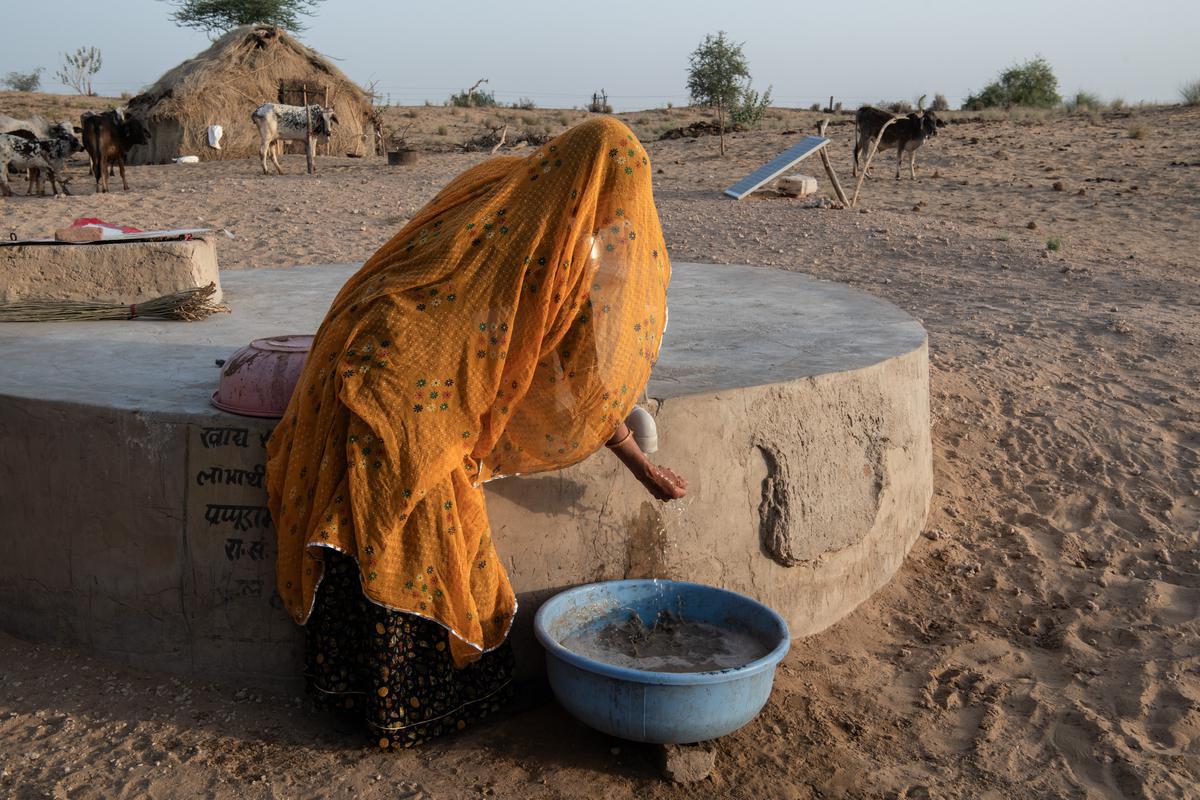
Photo:
Getty Images
Drop by drop: A woman collects water from a storage tanker outside her home in Haripura village in Rajasthan on March 31, 2024. India, too, is experiencing heatwaves.
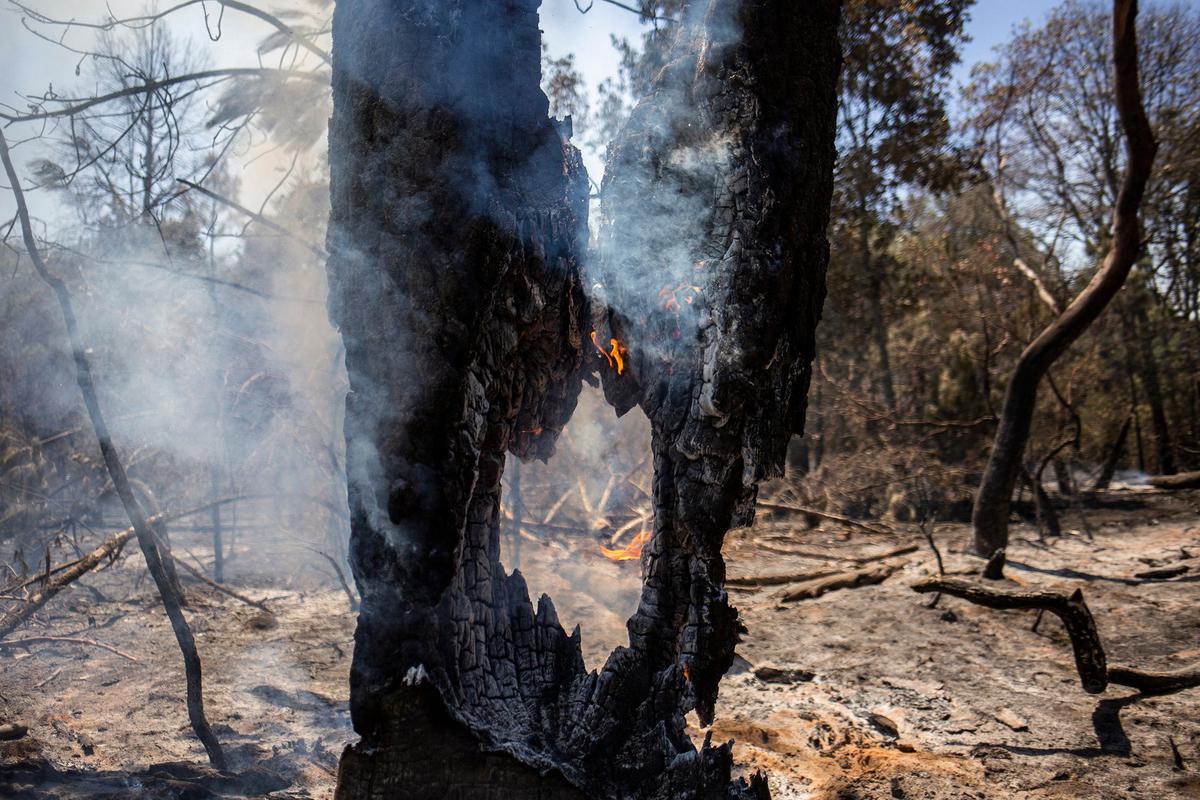
Photo:
AFP
Greenery lost: Trees affected by a forest fire in an avocado plantation in Cerro del Aguila, recognised as a protected area in Mexico March 26, 2024.
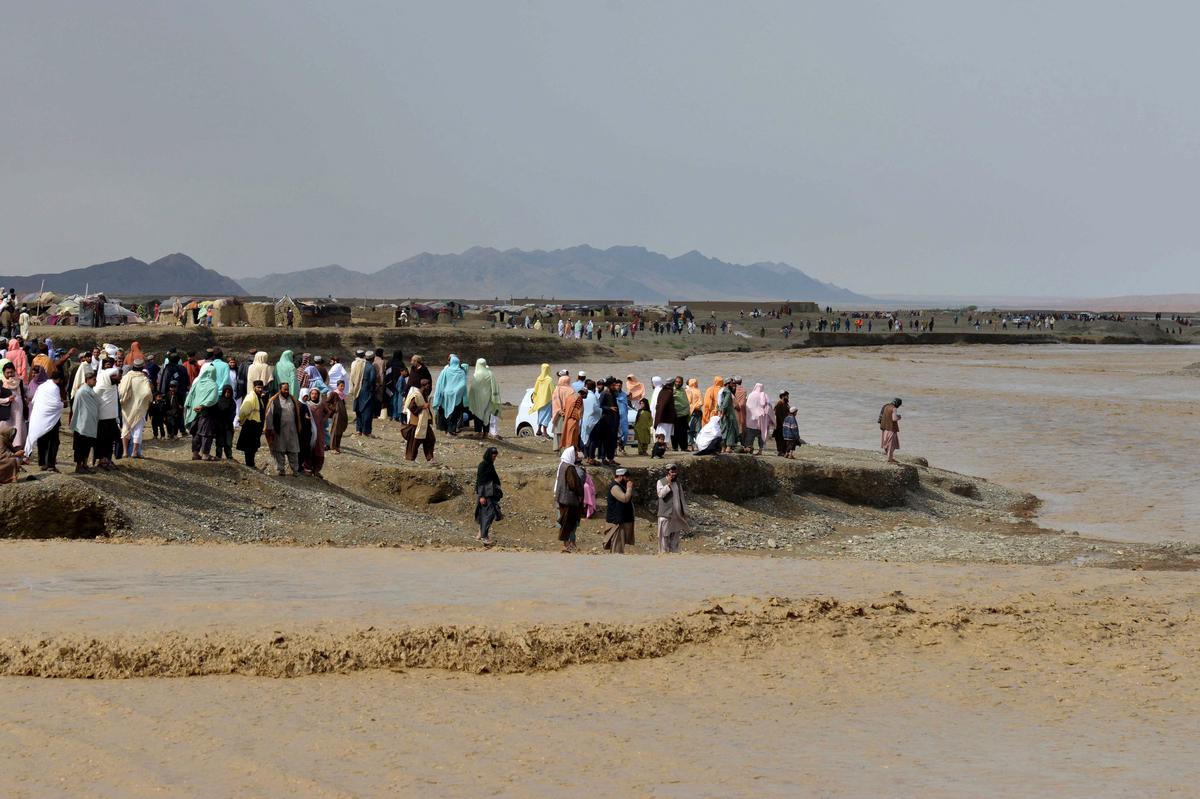
Photo:
AFP
To safety: People wait to cross a flooded area in Spin Boldak district of Kandahar province in Afghanistan on April 13 after a flash flood.
Photo:
Reuters
Seeking high ground: Rescuers from the Russian Emergencies Ministry evacuate people from a flooded residential area in Orenburg, Russia, April 11, 2024.
Photo:
Reuters
Neck deep: A residential area flooded in Orenburg, Russia, April 11, 2024.
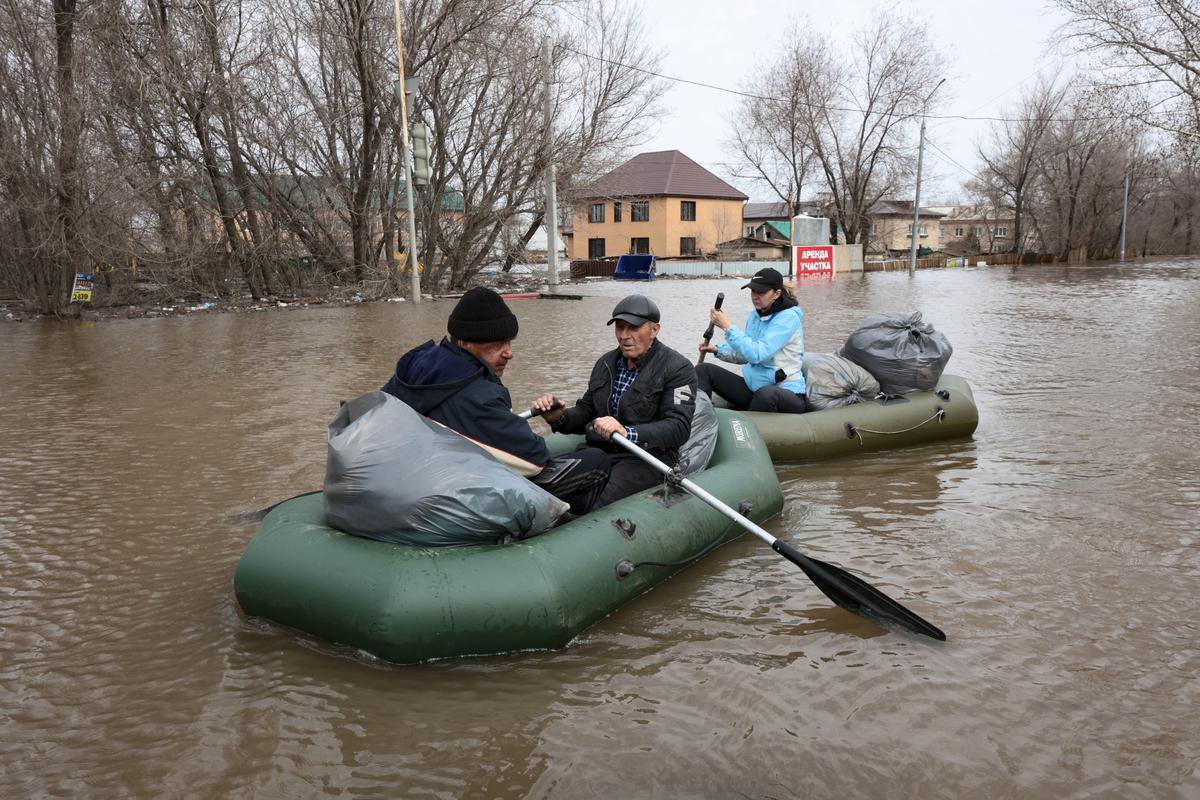
Photo:
AP
A wet world: Residents ride boats in a flooded street in Orenburg, Russia, Friday, April 12, 2024.
